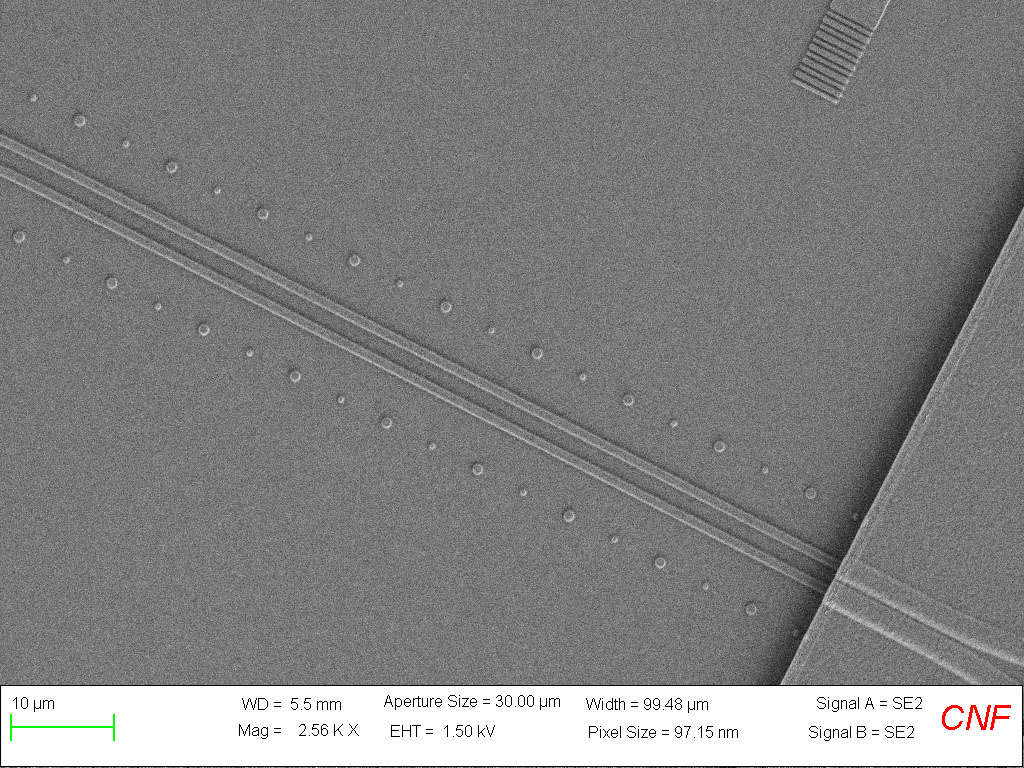
Optical trapping techniques have proven to be powerful experimental tools, and in the past three decades, they have transformed many areas of biochemistry and molecular biology. Yet these techniques are typically restricted to a specialized group of individuals who spend many years constructing a single instrument, and also require repeated measurements, one molecule at a time. In order to make these techniques accessible to a broader scientific community, a new generation of optical trapping instruments is essential. A ‘plug-and-play’ instrument, capable of manipulation with both high resolution and high throughput, would potentially revolutionize the single molecule field. In the first steps towards this goal, we demonstrated dynamic optical trapping control of nanoparticles by a nanophotonic standing-wave array trap (nSWAT) (Soltani et al., 2014). This novel, electro-optofluidic platform uses photonic interference functionalities to establish an array of stable, three-dimensional on-chip optical traps at the antinodes of a standing-wave evanescent field on a nanophotonic waveguide. The nSWAT contains integrated electric microheaters that enable precision trap repositioning at high speeds, ultimately allowing for the sorting and manipulation of individual DNA molecules. This controllable trapping device has the potential to achieve high-throughput precision measurements on chip.

The next generation of nanophotonic Standing Wave Array Traps (nSWATs) representing a streamlined CMOS fabrication process and compact biocompatible design (Ye et al., Nano Letters, 2016, Ye et al., Optics Express, 2017). These devices utilize silicon nitride (Si3N4) waveguides, operate with a biofriendly 1064 nm laser, allow for several watts of input power with minimal absorption and heating, and are protected by an anticorrosive layer for sustained on-chip microelectronics in aqueous salt buffers. In addition, due to Si3N4’s negligible nonlinear effects, these devices can generate high stiffness traps while resolving subnanometer displacements for each trapped particle. By reducing device fabrication cost, minimizing trapping laser specimen heating, increasing trapping force, and implementing commonly used trapping techniques, this new generation of nSWATs significantly advances the development of a high performance, low cost optical tweezers array laboratory on-chip.

SEM image of the trapping region of an nSWAT.
